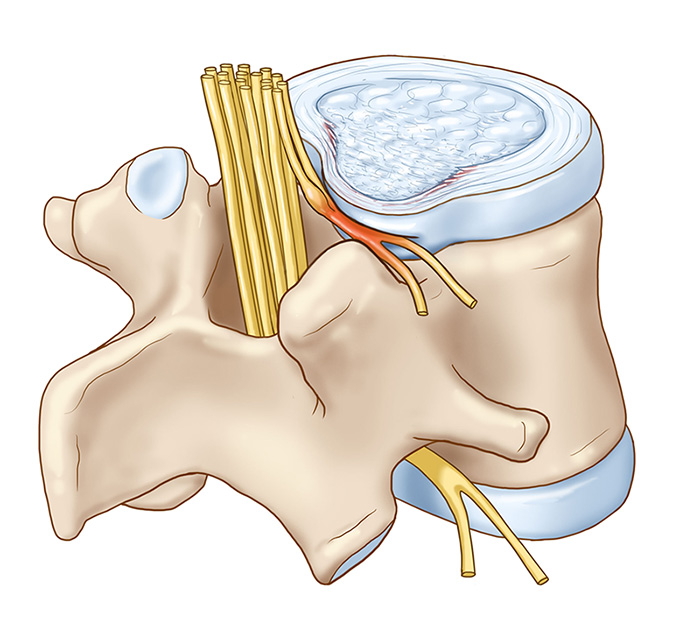Sciatica diagnosis
In diagnosing sciatica, a doctor will take your medical history and perform an examination of the back, hips, and legs in order to test for strength, flexibility, sensation, and reflexes.
Other tests may include:
– X-rays
– MRI scans
– CT scans
– Nerve conduction studies to determine the health or disease of a nerve
Sciatica treatment
Treatment for sciatica focuses on relieving pressure and inflammation. Typical sciatica treatments include:
-Medical treatments. Anti-inflammatory drugs such as nonsteroidal anti-inflammatory drugs ( NSAIDs) like ibuprofen, or oral steroids, to relieve inflammation.
– Epidural steroid injections. Steroids, with their strong anti-inflammatory effects, are delivered at the origin of the inflamed sciatic nerve roots.
– Physiotherapy. This treatment helps to prevent further episodes of sciatica.
– Surgery.Surgery may be warranted if the sciatic nerve pain is severe and has not been relieved with appropriate manual or medical treatments.
Exercises for Sciatica Pain
The best way to alleviate sciatica pain is to do “any stretch that can externally rotate the hip to provide some relief.
Here are two exercises that do just that.
The Figure 1 Stretch
This simple stretch involves lying on a flat surface and doing just as the name implies: contorting into a figure 1
1. While on the back, bring your right leg up to a right angle and grasp it with both hands behind the thigh, locking your fingers.
2. Take your left leg and place your ankle against the knee. This helps stretch the tiny piriformis, which sometimes becomes inflamed and presses against the sciatic nerve causing pain.
3. Repeat by switching sides and doing the same procedure with the other leg.
The Pigeon Stretch
The Pigeon Stretch is a common yoga pose. Not surprisingly, it involves positioning yourself much like the bird. It works to broadly open the hips.
1. Kneel on the floor on all fours.
2. Stretch the left leg out all the way behind you, toes pointing down.
3. Shift your body weight gradually from your arms to your legs, leaning back and exhaling as you do so. Do not try to arch your upper body at a right angle while in that pose. This might cause you to strain your back.
You can also do the stretch sitting down.
1. Sit on the floor with your legs stretched out straight in front of you. Then bend your legs, putting your right ankle on top of the left knee.
2. Lean forward and allow your upper body to rest on your thigh. Hold for 15 to 30 seconds and then switch sides. This stretches the gluts and lower back.
Tips:
You can always hold these positions for a longer time period to get more benefit.
Repeat this routine multiple times a day if needed.
Never push for more range of movement than is comfortable; it should never be painful.
Stretching for long periods of time can loosen joints and temporarily increase your chances for injury during physical activity.
